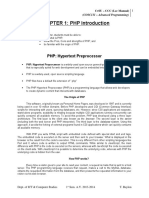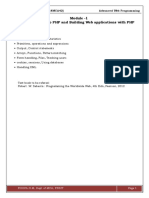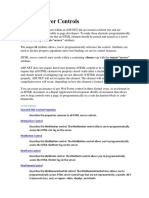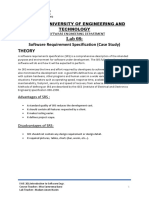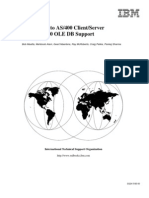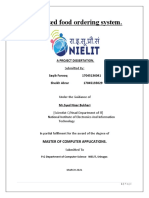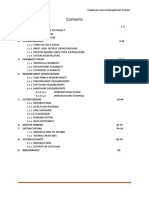0% found this document useful (0 votes)
15 views31 pagesLab 3 (PHP)
The document is a lab guide for CSE 3100: Web Programming, focusing on PHP as a server-side scripting language. It covers topics such as PHP syntax, variables, control structures, functions, object-oriented programming, and form handling. The document also includes installation instructions for XAMPP and references for further learning.
Uploaded by
MD. SabithCopyright
© © All Rights Reserved
We take content rights seriously. If you suspect this is your content, claim it here.
Available Formats
Download as PDF, TXT or read online on Scribd
0% found this document useful (0 votes)
15 views31 pagesLab 3 (PHP)
The document is a lab guide for CSE 3100: Web Programming, focusing on PHP as a server-side scripting language. It covers topics such as PHP syntax, variables, control structures, functions, object-oriented programming, and form handling. The document also includes installation instructions for XAMPP and references for further learning.
Uploaded by
MD. SabithCopyright
© © All Rights Reserved
We take content rights seriously. If you suspect this is your content, claim it here.
Available Formats
Download as PDF, TXT or read online on Scribd
/ 31


















